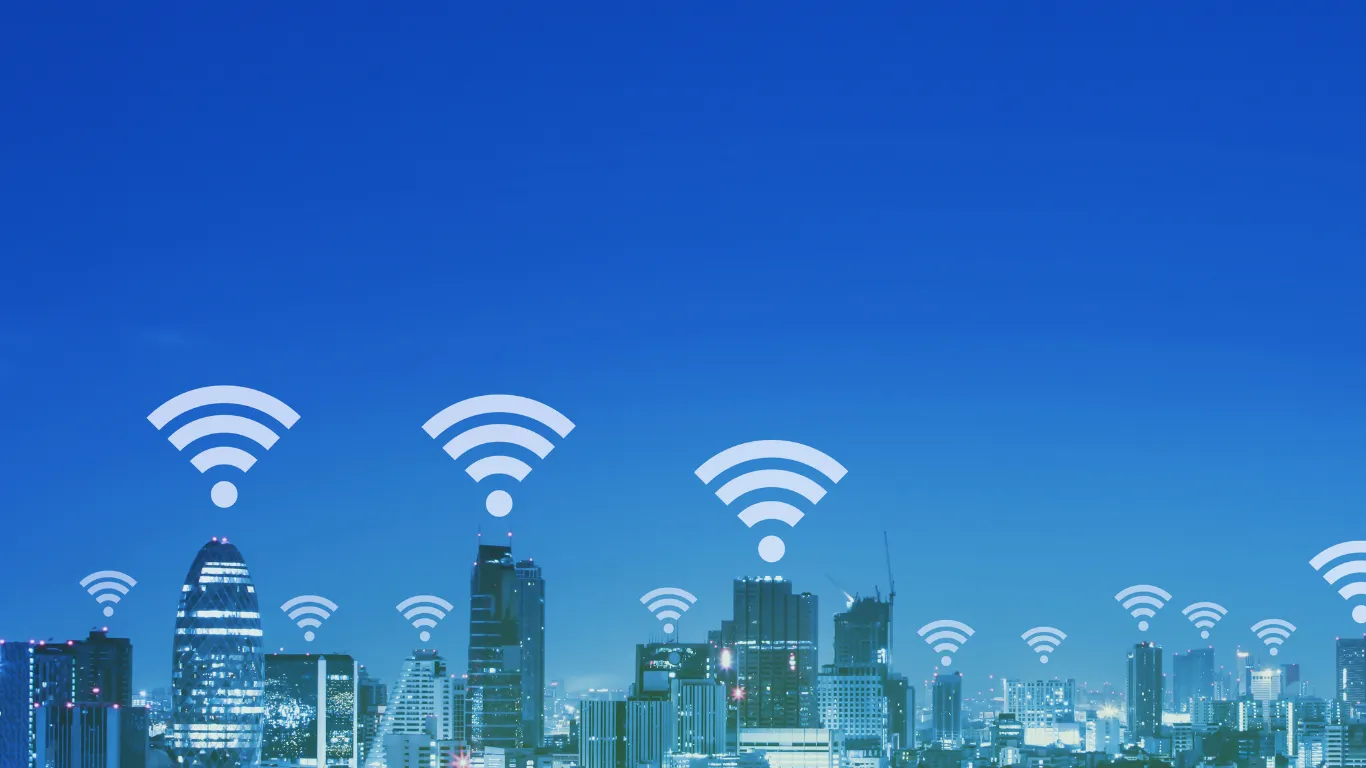Did you know that Wi-Fi doesn’t actually stand for Wireless Fidelity? Many people believe this myth, but in reality, Wi-Fi has no real meaning!
The Truth Behind the Name
When Wi-Fi was introduced in the late 1990s, the Wi-Fi Alliance (formerly known as the Wireless Ethernet Compatibility Alliance) wanted a catchy and marketable name for their wireless technology. A branding company proposed Wi-Fi, inspired by Hi-Fi (High Fidelity), a term linked to high-quality audio.
Later, the Wi-Fi Alliance clarified that Wi-Fi is not short for anything—it’s simply a brand name!
Common Wi-Fi Myths
🔍 Myth 1: Wi-Fi stands for ‘Wireless Fidelity’
❌ Fact: It has no full form; it’s just a brand name.
🔍 Myth 2: Wi-Fi and the Internet are the same thing
❌ Fact: Wi-Fi is a wireless networking technology that allows devices to connect to a router. The internet is a global network providing access to websites, services, and data.
🔍 Myth 3: More Antennas Mean a Stronger Signal
❌ Fact: While multiple antennas can enhance performance, factors like router placement, interference, and bandwidth have a greater impact.
🔍 Myth 4: Public Wi-Fi is Always Safe
❌ Fact: Public Wi-Fi can be risky. Hackers may intercept your data if the network is unsecured. Using a VPN or avoiding sensitive transactions on public networks is recommended.
Fun Wi-Fi Facts
📡 The first version of Wi-Fi was released in 1997 with speeds of 2 Mbps—a fraction of today’s capabilities!
📡 The term Wi-Fi was almost named “IEEE 802.11b Direct Sequence” (not very catchy, right?).
📡 The latest Wi-Fi 6E technology can achieve speeds exceeding 9.6 Gbps!
Stay Updated on Tech Myths and Facts!
At CoreBytesBD, we love debunking tech myths and sharing IT insights! Follow us for exciting tech facts and practical IT solutions.
📌 Need to optimize your Website SEO and security? Contact us today!




